Molten lava keeps spewing on Hawaii's Big Island, swallowing homes and igniting fears of more destruction to come. Here's what the disaster looks like, by the numbers:
2,140 degrees Fahrenheit
That's the temperature of Kīlauea lava when it erupts. It's 1,170 degrees Celsius, and it's hot enough to melt gold.After lava starts seeping across the surface, you can generally tell how hot it is by its color. Yellow means the lava is about 1,832 to 2,192 degrees Fahrenheit. Orange is about 1,472 to 1,832 degrees. And red is about 1,112 to 1,472 degrees.
26 homes destroyed
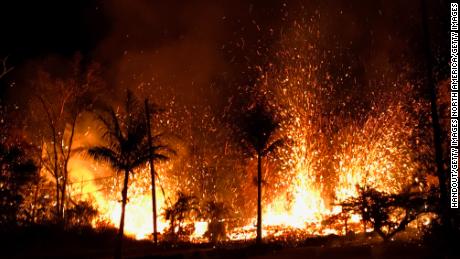 And that number could keep growing. "The intermittent eruption of lava in the Leilani Estates subdivision in the lower East Rift Zone of Kīlauea Volcano continues," the US Geological Survey said around 9 p.m. Sunday (3 a.m. ET Monday).
And that number could keep growing. "The intermittent eruption of lava in the Leilani Estates subdivision in the lower East Rift Zone of Kīlauea Volcano continues," the US Geological Survey said around 9 p.m. Sunday (3 a.m. ET Monday).
1,700+ residents evacuated
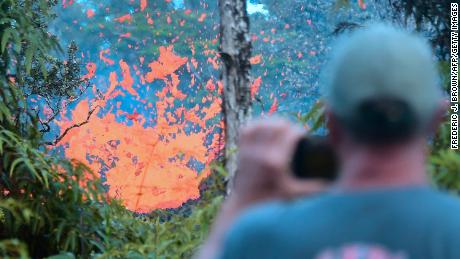 All residents of Leilani Estates and the nearby Lanipuna Gardens were told to evacuate. For one resident, that meant saying goodbye to a house he built with his own hands.
All residents of Leilani Estates and the nearby Lanipuna Gardens were told to evacuate. For one resident, that meant saying goodbye to a house he built with his own hands.
10 fissures
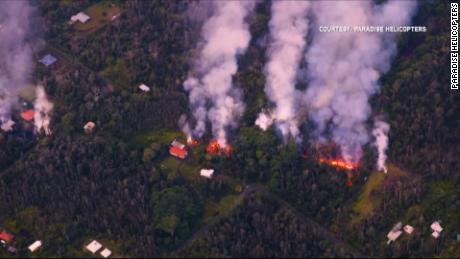 Imagine the ground splitting open, revealing cracks through which lava can pour. That's what fissures are. And now Big Island has at least 10 fissures, spouting lava and sulfur dioxide.
Imagine the ground splitting open, revealing cracks through which lava can pour. That's what fissures are. And now Big Island has at least 10 fissures, spouting lava and sulfur dioxide. 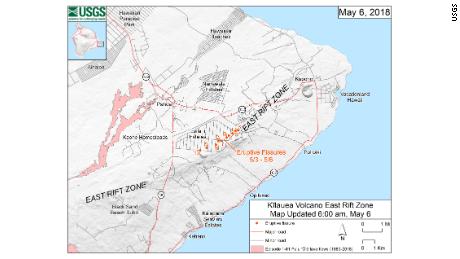
1 earthquake per hour
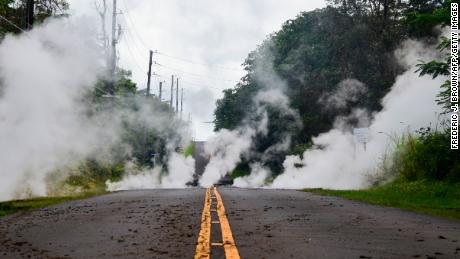 That's the current rate of volcanic earthquakes since Kilauea erupted Thursday, the Pacific Tsunami Warning Center said. But even before the eruption, magma shifting around underground was already causing quakes, CNN meteorologist Judson Jones said. "The quakes are usually a good indication that an eruption may occur," Jones said.
That's the current rate of volcanic earthquakes since Kilauea erupted Thursday, the Pacific Tsunami Warning Center said. But even before the eruption, magma shifting around underground was already causing quakes, CNN meteorologist Judson Jones said. "The quakes are usually a good indication that an eruption may occur," Jones said.
6.9 magnitude
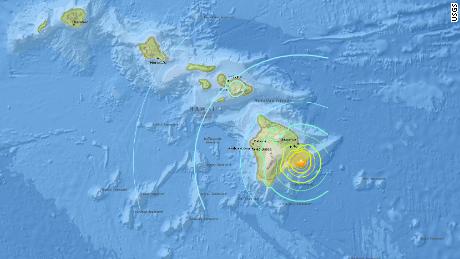 There have also been sizable tectonic earthquakes — ones that result from moving faults rather than magma — since Kilauea exploded last week. Many have been larger than magnitude 4.0, the Tsunami Warning Center said. The biggest was a 6.9 tremor on Friday. But on an island known for unpredictable quakes and volcanic eruptions, it's impossible to be sure exactly when the next will strike.
There have also been sizable tectonic earthquakes — ones that result from moving faults rather than magma — since Kilauea exploded last week. Many have been larger than magnitude 4.0, the Tsunami Warning Center said. The biggest was a 6.9 tremor on Friday. But on an island known for unpredictable quakes and volcanic eruptions, it's impossible to be sure exactly when the next will strike.
CNN's Judson Jones, Janet DiGiacomo and Marilia Brocchetto contributed to this report.
Original Article
[contf] [contfnew] 
CNN
[contfnewc] [contfnewc]






